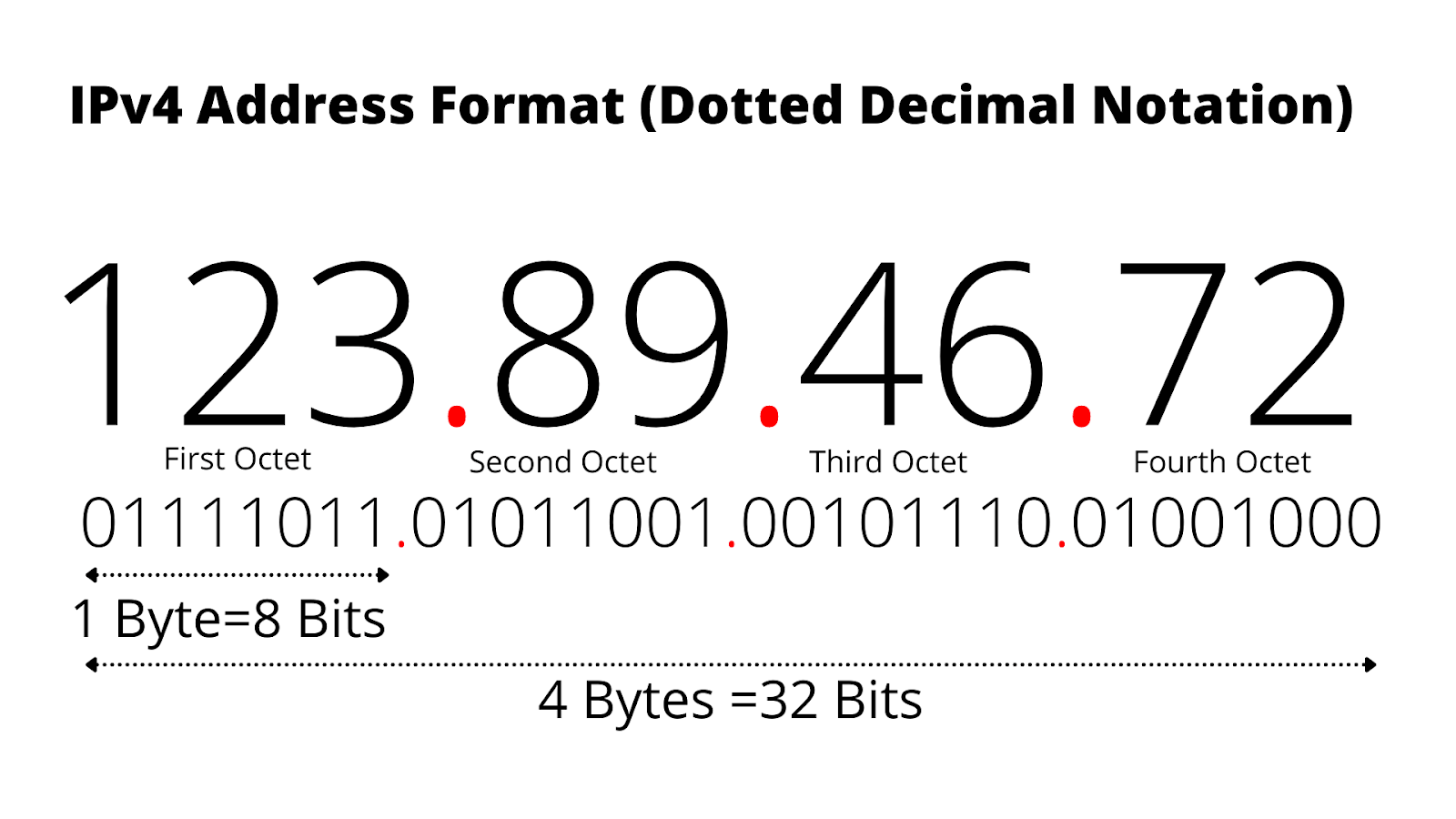🗓️ Week 04
The Internet: protocols + scraping + APIs
DS105 Data for Data Science
Dr. Jon Cardoso Silva & Anton Boichenko
10/18/22
The Internet and how it works
We are surrounded by hosts
- Hosts are devices that can send or receive traffic
- Host can be anything:
- laptops
- smartphones
- PCs
- supercomputers
- etc.




Client-Server model
- Host interacts and exchanges “messages”.
- Those hosts that send requests are called clients
- Those that respond to them with content (web-pages, data, emails, etc.) are called servers
Such a request-respond system is called a client-server model

IP addresses
- Each host needs a unique name to communicate with others
- In networking this name is called an IP-address
- An IP-address weighs 32 bits and hence convey 32 1-s and 0-s
- We split those in 4 chunks and get an address of the following format:

The hierarchy
- IP addresses are assigned hierarchichally
- Each new part of the IP address represent a certain part of the network
Networks
- A collection of interconnected hosts that exchange traffic can be called a network
- The examples of networks can be:
- your house (laptop + printer + smartphone)
- LSE (many PCs + laptops + supercomputer)
- an office (laptops + printers + projectors)
- If you unite all of the networks
+ add rules of their connectivity
called protocols you will get the Internet

Protocols
Why do we need protocols?
- Before around 1973 computers didn’t have a unified system of rules to interact
- In 1973 the development of the so-called TCP/IP (Transmission Control Protocol + Internet Protocol) has started
- “that allowed any system to connect to any other system, using any network topology” (Hall 2000)
TCP/IP
- TCP/IP implies a family of different protocols
- Each of these protocols serve a certain purpose
The mostly widely used protocols include:
- Address Resolution Protocol (ARP)
- Domain Name System (DNS)
- File Transfer Protocol (FTP)
- Internet Message Access Protocol (IMAP)
- HyperText Transfer Protocol (HTTP)
HTTP example

- A user sends a request to the server and gets back a web-page.
- Usually HTTP protocol is in the form of HTTPS, where S stands for secure.
For example: https://lse.co.uk
Web pages
Once the HTTP request is sent and accepted, we might get a web page
Tools for creating web-pages
There are 3 key web programming languages:
- HTML (HyperText Markup Language) - used to create the “skeleton” of the page
- CSS (Cascading Style Sheets) - used for advanced styling
- Java Script - used for interactivity
During the course you will mostly be working with HTML.
Our course
API
- Application
- Programming
- Interface
What is an API?
“APIs are mechanisms that enable two software components to communicate with each other using a set of definitions and protocols.”
Example:

API endpoints

After the ☕ break:
- Exploring the web pages and HTML code
- Sending different requests to web pages
- API endpoints
References
Hall, Eric. 2000. Internet Core Protocols: The Definitive Guide: Help for Network Administrators. " O’Reilly Media, Inc.".

DS105 - Data for Data Science 🖥️ 🤹
